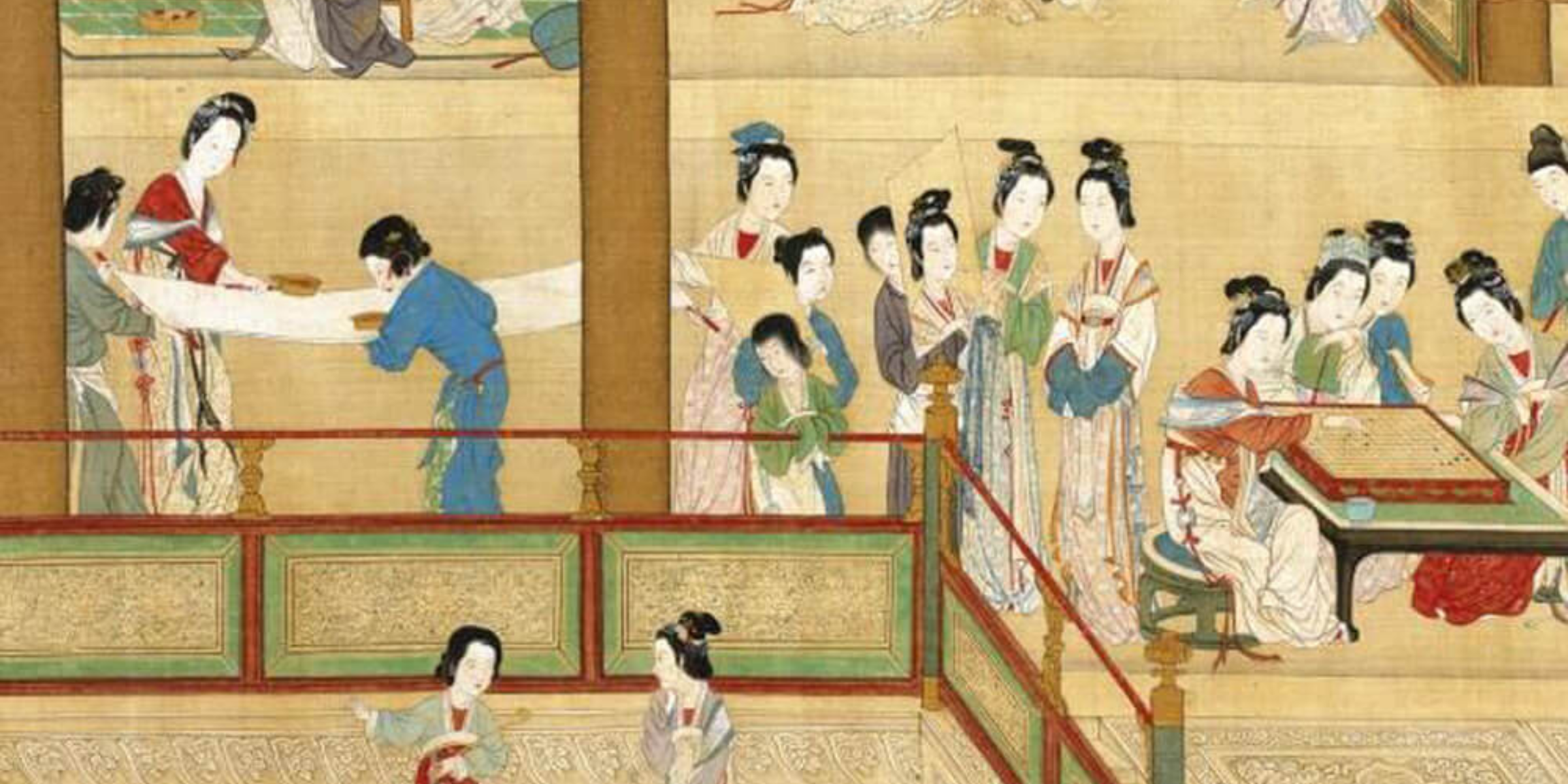Get The Best Christmas Gift! Save Up To 60% Off!

For centuries, silk has captivated cultures around the world. The luxurious fabric has transported emperors and monarchs, artists and artisans across time. This is the fascinating story of silk through the ages.
For over 5,000 years, China has been the source of the world's most luxurious and coveted silk textiles. The story of silk begins along the Yellow River basin, where silk cultivation and fabric weaving originated in Neolithic China. Silkworms munching on mulberry leaves and spinning cocoons were first domesticated and unraveled into silk threads there around 2640 BCE. Silk production became a specialized craft, with techniques like reeling, spinning, and weaving cloth developing into protected trade secrets. China closely guarded silk worms and knowledge for centuries, maintaining a global monopoly on the prized fabric. Silk was reserved for royalty and the upper classes in China, symbolizing prestige and status. The technologically advanced methods for making silk later spread along the Silk Road trade route, eventually reaching Europe, India and beyond. But the foundations of sericulture and silk textile manufacturing that flourished across continents and cultures all began in ancient China over 5,000 years ago.
Silk production quickly took hold across China, becoming a protected trade secret for centuries. China closely guarded silk worms and manufacturing knowledge, developing innovative techniques like reeling and spinning silk threads.
The Silk Road provided the first transfers of silk technology from China to regions like India, Persia, and the Roman Empire through trade routes. Chinese silk was prized as far as Egypt and Western Europe, although only the elite could afford the exotic fabric.
Silk found many uses worldwide, including parachutes, fishing lines, musical instruments, and religious vestments. But its role in fashion and decoration was most renowned. Silk became a symbol of power, status, and sophistication.
Japan treasured silk from China, importing techniques and technology in the 8th century to establish a domestic silk industry. Japanese artisans perfected sophisticated crafts like silk dyeing and weaving intricate kimono fabrics.
Japan transformed silk production into a highly specialized art form reflected in textiles, paintings, and costumes used in theater and religious ceremonies. Today, the silk heritage remains prominent in Japanese culture.
The journey of silk across continents and cultures is a remarkable case study in craftsmanship, economics, and global interconnection. Even as manufacturing and materials advance, the legacy of this fine threads continues.
While much smaller than synthetic textiles, silk production remains a valued global industry, especially in Asia, for its enduring luxurious qualities. Blending modernization with traditional craft results in the finest quality silk today.
Laisser un commentaire
Ce site est protégé par hCaptcha, et la Politique de confidentialité et les Conditions de service de hCaptcha s’appliquent.